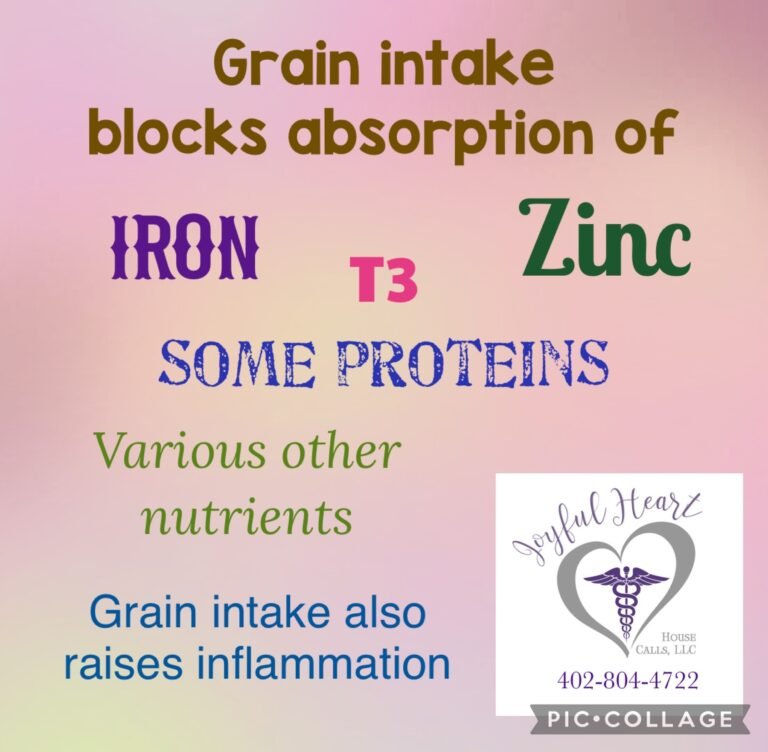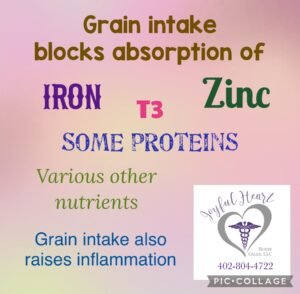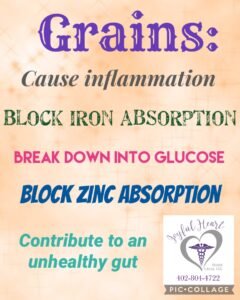Iron is considered an essential ingredient by all authorities, nutrition experts, and governmental agencies. The 2 major forms of iron within the body are iron and ferritin. The iron molecule is used in hormone formation and immunoglobulin development – your immune system, while the ferritin molecule is used for red blood cell production in the bone marrow. The simple explanation is that during RBC formation, ferritin is “grabbed” and becomes the hemoglobin ON the RBC – if you remember from biology, you may recall that the only real task of the RBC is to deliver oxygen to body cells by means of the hemoglobin on that RBC.
Thinking about this physiological process, it is quite logical then, that when ferritin levels fall, body cells suffer. Your body cannot enjoy normal energy production, muscle function, required organ processes, and even clear cognitive function. These symptoms mimic hypothyroidism, making it quite difficult to thoroughly identify the root cause without proper lab testing. Mainstream medical prescribers usually order a CBC – but that is the END product of ferritin use, making it a terribly inadequate test to determine your iron metabolism status. The CBC will not be impacted by a low ferritin level until it is SIGNIFICANTLY low, and then, it becomes LIFE-THREATENING. All prescribers should be checking iron/ferritin levels at least annually. All patients with fatigue, muscle pain or weakness, &/or brain fog should INSIST on iron/ferritin testing at least annually.
The ideal ferritin level should be 80 -120 ng/mL to sustain optimal energy production and oxygen delivery to all body cells. If the ferritin level falls below 65 ng/mL, symptoms begin. It may not be significant or constant, but the body cells do begin to suffer. Maybe, you’re tiring earlier in the day, or you’re breathing a little harder when you climb those stairs. Maybe your fingers or toes turn blue/white/gray, or you’ve been told it’s Raynaud syndrome – sometimes it’s really iron deficiency. Whatever this mild symptom is, most folks chalk it up to being out of shape or just getting older. So, the symptoms are ignored, allowing for the ferritin level to fall even further.
Once ferritin levels fall to about 45 – 50 ng/mL, symptoms are much more evident, and the heart begins to react. If the body cannot deliver adequate oxygen on those RBCs, the heart will step in to serve as the body’s “back-up” mechanism. Thus, the heart will begin to work harder – pumping faster and/or harder, trying to make up the difference by supplying MORE RBCs that still have low oxygen levels. This is how we’re created, but it’s not meant to be a long-term compensation plan. It’s meant for short-term, fight or flight situations. Over months to years of the low ferritin levels, the heart continues to compensate as long as it can, but eventually, injury occurs – usually in the form of high blood pressure, dysrhythmias, and even heart failure.
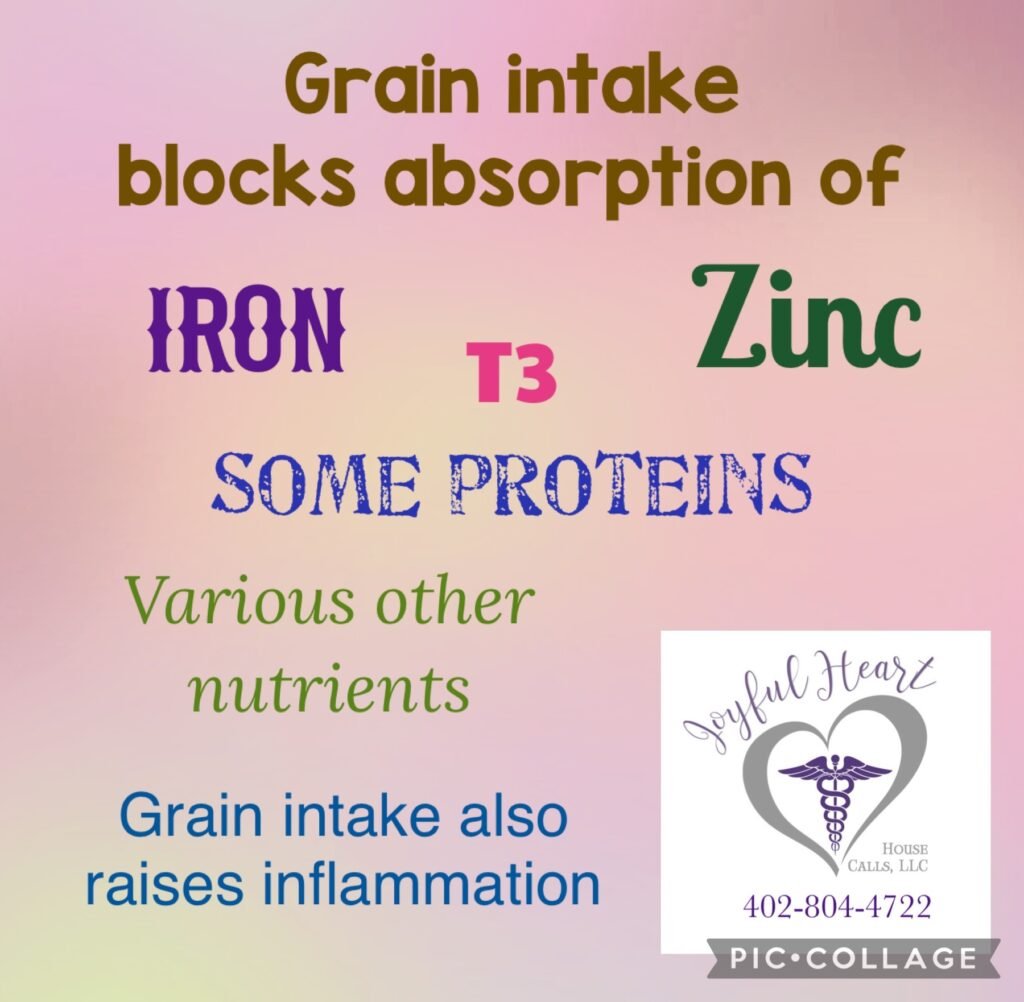
So then, how do we correct low iron? We eat red meat – red meat is the intended protein source for humans. Red meat is nutrient dense. Red meat provides the most perfect balance of nutrition for the human body. Who designed it this way? God did. He created the body for specific processes, hormonal and chemical, and He designed the body to require iron – He created the perfect match-up.
What about those studies or “experts” that say red meat is bad? None of those studies are conclusive. None of those studies are based SOLELY on red meat. None of those studies are performed as random controlled clinical trials. All of those studies are based on FOOD DAIRIES that patients RECALL. Tell me what your meals and snacks were like over the past month – be precise. The standard American diet is chock full of unhealthy food items, fake foods, processed foods, inflammatory seed oils, and yet, they pick on red meat???? How??? Because red meat is farmed and less processed – BigFood cannot really capitalize on those sales. It really is all about the money.
Enough of my soapbox. Let’s think logically:
The body requires iron for every single body cell.
Red meat is, by far, the absolute BEST source of heme iron.
Studies blaming red meat for disease are completely inaccurate.
So what else impacts iron use? Women’s menstrual cycles often play a CRUCIAL role in low iron/ferritin levels, because of the monthly bleeding. Any loss of blood, even accidents & injuries can cause low iron/ferritin too. GI bleeds – bleeding in the intestines – can also cause low iron/ferritin. So, all of these questions should be posed to anyone with lower levels than optimal. Once these issues are managed, recognized, or addressed appropriately, the objective is to improve those iron levels.
Strategies to improve iron/ferritin levels include any or all of the following, depending on the root cause and on the actual blood level you have. The first strategy is the long-term one; increase red meat into your diet; the other half of this equation is: eliminate the GRAIN intake!!! Grains BLOCK iron absorption!!
Click here for more details about grain intake and how hazardous it is:
Add some vitamin C to all iron supplement doses AND all red meat intake to help improve your iron absorption and use. Vitamin C comes in multiple types, but only a few doses. The more your body can tolerate, the better your body will function; 1000 mg is a REALLY low amount of vitamin C – so keep that in mind as you choose your supplements and serving sizes.
Choose the right kind of iron supplementation – AVOID non-heme iron: also known as iron or ferrous polysaccharide – saccharide should make you think SUGAR – so avoid this type of iron!!!! You want HEME-based iron in the highest amount your prescriber recommends for the shortest time period possible. A good quality iron is also called ferrochel or ferrous bisglycinate.
Strategies:
Eat more red meat
Eliminate grains – wheat, corn, quinoa, rice, rye, barley, oats
Add Vitamin C to red meat and iron intake
Use heme-iron, or bisglycinate forms, aka ferrochel supplements as directed by prescriber
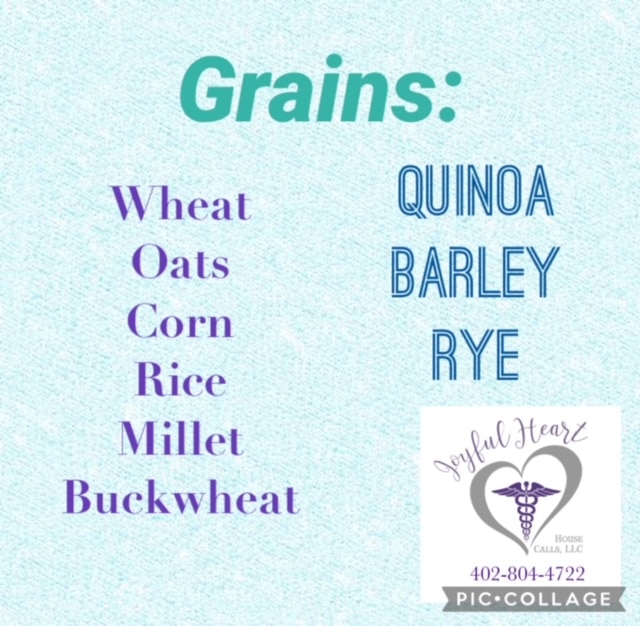
Keep in mind, though, that iron is a HEAVY metal – it’s HEAVY – we only need specific amounts of iron. So, it is never safe to take iron UNCHECKED. Taking iron without blood tests can result in iron toxicity, iron overload, and even liver damage. If your prescriber tells you to take iron, they need to tell you the amount they recommend AND exactly when to re-test bloodwork – usually about 4-6 months out. From then on, as long as you take iron, those levels MUST be monitored regularly. Without fail. No matter what. If you cannot have labs done, I teach patients to stop using iron until it can be rechecked. You must choose the safest plan for YOU. Iron can be very toxic if not monitored appropriately. Too much is unhealthy. Too little is unhealthy. We want to be like Goldilocks and get the amount that is “JUST RIGHT.”
The optimal outcome is that iron & ferritin levels are improved, reaching our optimal levels of 80 -120 ng/mL for ferritin and 80 -120 mcg/dL for iron. Once levels are near or within these levels, iron supplementation CAN be stopped ONLY IF:
Red meat consumption has greatly increased/improved
Grains have been eliminated
The bleeding (from any source) has been managed – heavy periods, GI bleed, etc
If you have NOT incorporated ALL 3 of these lifestyle changes, and you stop your iron supplementation, your levels WILL fall again. Red blood cells only live for about 100 days – therefore, your body MUST have adequate iron supply every day forever. This fact is why iron is so important to health, long-term. However, taking supplemental iron daily forever is NEVER recommended or a good habit. Iron supplementation is ONLY used temporarily, to correct the deficit, then you should use your newly formed eating habits to sustain good iron levels in the bloodstream. (FYI – all heavy metals fall into this “rule” – zinc, selenium, copper, chromium, molybdenum, & manganese. Good news: red meat contains these heavy metals in small amounts – just what the body needs.)
One last tip: Vitamin D is required for proper absorption of IRON. Our vitamin D article is here:
DISCLAIMER:
The information provided in this article and on the Joyful Heart Health Care & KetoNurses blog should be taken as basic & general information, and NOT as medical advice. All information presented by JHHC & KetoNurses should be carefully evaluated and discussed with YOUR health care professional.
NOTICE: This content is for informational and educational purposes only. It is not intended to provide medical advice or to take the place of medical advice or treatment from a personal health care professional. All viewers of this content are advised to consult their own qualified health professionals regarding specific health questions. Neither KetoNurses or the publisher of this content takes responsibility for possible health consequences of any person or persons reading or following the information in this educational content. All viewers of this content, especially those taking prescription or over-the-counter medications, should consult their medical providers before beginning any nutrition, supplement or lifestyle program.

